Health & Science
A simplified version of human evolution; What a kiss can tell; Coexistence in the Stone Age; A sniff test for Alzheimer’s?
A simplified version of human evolution
An almost intact 1.8 million-year-old skull found in the republic of Georgia offers stunning evidence that human evolution may have been much simpler than previously thought, with a single Homo species spreading through Africa before migrating to Eurasia. Skull 5, as it is known, is the oldest complete skull of an adult early Homo ever found, and its combination of attributes—a long face, large teeth, and tiny braincase—has come as a revelation. “Had the braincase and the face of Skull 5 been found as separate fossils at different sites in Africa, they might have been attributed to different species,” University of Zurich paleoanthropologist Christoph Zollikofer tells The New York Times. Remnants of four other hominids found at the same site also had variations as great as those anthropologists have used to distinguish among entirely different Homo species. “Since we see a similar pattern and range of variation in the African fossil record,” says Zollikofer, “it is sensible to assume that there was a single Homo species at that time in Africa.” That would mean that specimens previously identified as Homo ergaster, Homo rudolfensis,and Homo habilis are all actually part of a single early Homo species that evolved into modern humans.
What a kiss can tell
The Week
Escape your echo chamber. Get the facts behind the news, plus analysis from multiple perspectives.

Sign up for The Week's Free Newsletters
From our morning news briefing to a weekly Good News Newsletter, get the best of The Week delivered directly to your inbox.
From our morning news briefing to a weekly Good News Newsletter, get the best of The Week delivered directly to your inbox.
As sexually arousing as kissing can be, its greater purpose may be to vet the suitability of a potential mate—or to strengthen bonds with an existing one. Oxford University researchers reached that conclusion after surveying 900 adults about the role of kissing in their relationships. “Mate choice and courtship in humans is complex,” study author Robin Dunbar tells Time.com. “Assessments become more and more intimate as we go deeper into the courtship stages, and this is where kissing comes in.” The researchers found that kissing was most highly valued by people who rated themselves as attractive and, therefore, could be picky about their sexual partners. Women in general also tend to place more value on kissing than men do, presumably because they bear more significant lasting consequences from the choice of a mate and so are predisposed to be more discerning. Not surprisingly, the survey found that women are far more likely than men to change their judgment of a potential mate after a first kiss. Women rated kissing as an important way to reinforce attachment in long-term relationships, and not without reason: The study results indicate that frequent kissing is a better indicator of a couple’s overall happiness than frequent sex.
Coexistence in the Stone Age
Many archaeologists have long thought that the spread of farming from the Near East spelled a quick end for central Europe’s indigenous hunter-gatherers. But a new DNA study of a cache of ancient skeletons shows that farmers and hunters actually coexisted side by side for some 2,000 years without interbreeding. Researchers analyzed the mitochondrial DNA of bone fragments found in a German cave that had been used as a burial site during two periods, one ending about 10,000 years ago and another about 5,000 years ago, or about 2,000 years after farming spread to the region. They found that of the 20 individuals dated to the agricultural era, 12 were of hunter-gatherer lineage. Chemical analysis confirmed that while the farmers ate domesticated animals, the hunter-gatherers from the same age subsisted largely on freshwater fish. Rather than being immediately out-competed, driven away, or subsumed into the farmers’ population, hunter-gatherers apparently lived alongside farmers for millennia and even buried their dead in the same cave, but never interbred with them. “I think it’s very unlikely they did not know of each other or trade,” archaeologist Ruth Bollongino tells LiveScience.com. “But for some reason, they stayed amongst themselves.”
A sniff test for Alzheimer’s?
A free daily email with the biggest news stories of the day – and the best features from TheWeek.com
Alzheimer’s disease is notoriously difficult to diagnose in its early stages, but a new test appears able to confirm the disorder with nothing more than a ruler and a spoonful of peanut butter. Researchers at the University of Florida tested 94 patients, 18 of whom had already been diagnosed with early-stage Alzheimer’s, by measuring how close a dollop of peanut butter had to be for them to smell it, one nostril at a time. They found that all of the known Alzheimer’s patients were far less able to smell the peanut butter with their left nostrils than with their right. “There was a big asymmetry there,” researcher Jennifer Stamps tells The Daily Mail (U.K.). A degraded sense of smell is known to be a symptom of Alzheimer’s, which generally affects the left side of the brain first. (In contrast to the processing of other senses, the left side of the brain interprets smells detected by the left nostril.) Stamps says that a broader study is needed to determine whether the sniff test can actually diagnose early Alzheimer’s and urges the public not to try it at home: Many people’s nostrils have varied sensitivity for a host of other reasons, and a self-administered test could raise baseless alarm.
-
 ‘The menu’s other highlights smack of the surreal’
‘The menu’s other highlights smack of the surreal’Instant Opinion Opinion, comment and editorials of the day
-
 Education: More Americans say college isn’t worth it
Education: More Americans say college isn’t worth itfeature College is costly and job prospects are vanishing
-
 One great cookbook: ‘More Than Cake’
One great cookbook: ‘More Than Cake’the week recommends The power of pastry brought to inspired life
-
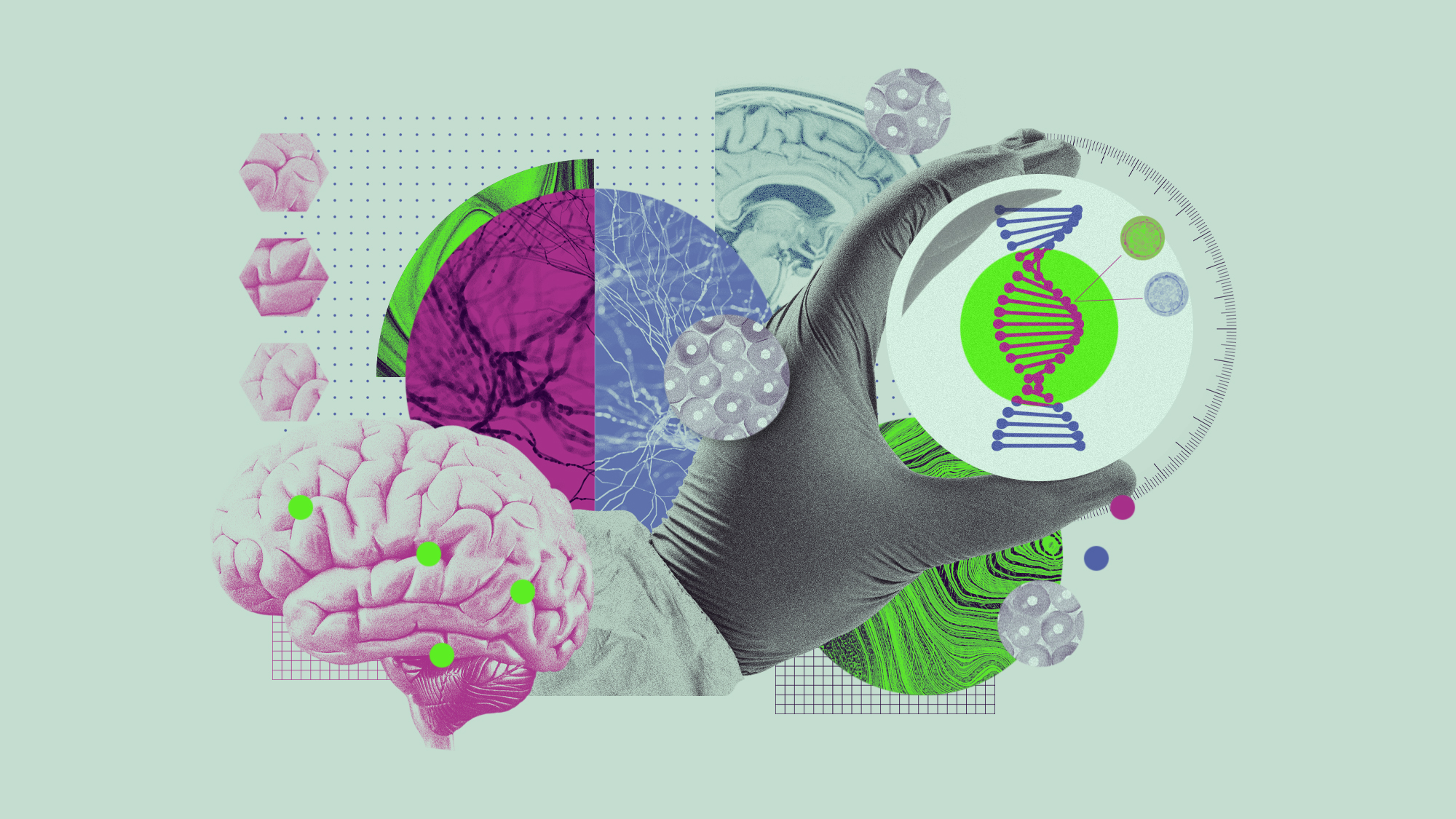 5 recent breakthroughs in biology
5 recent breakthroughs in biologyIn depth From ancient bacteria, to modern cures, to future research
-
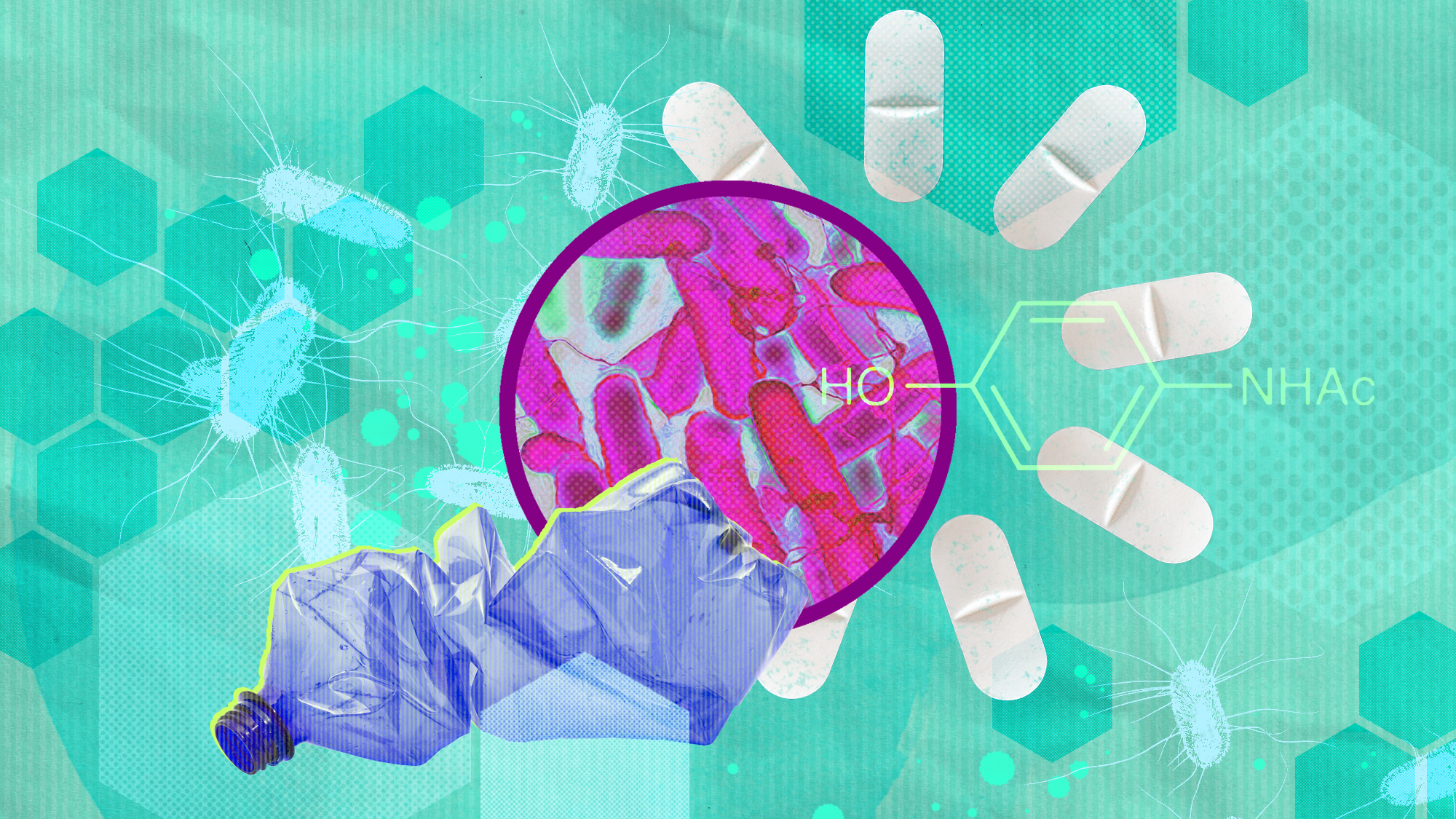 Bacteria can turn plastic waste into a painkiller
Bacteria can turn plastic waste into a painkillerUnder the radar The process could be a solution to plastic pollution
-
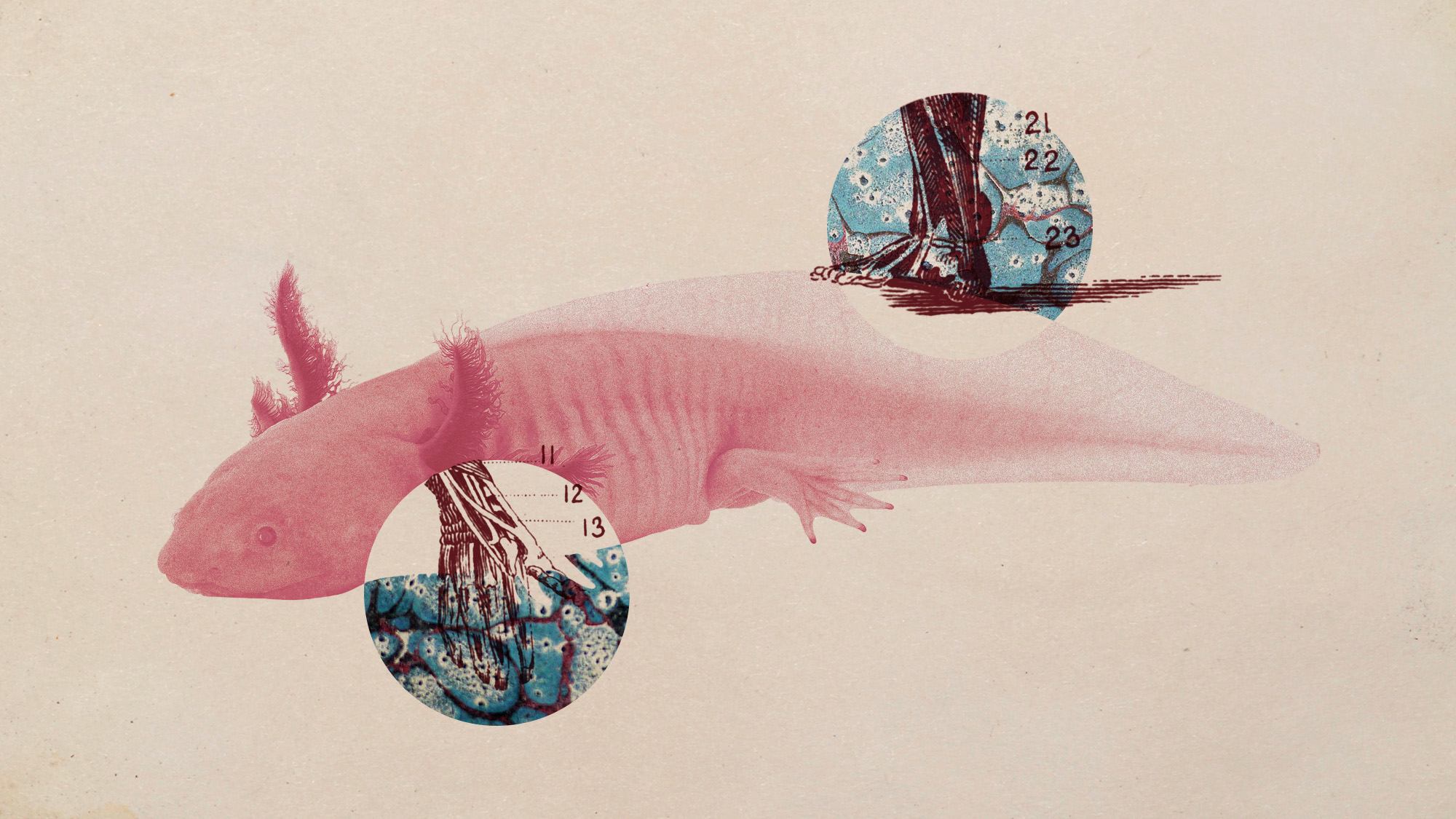 Scientists want to regrow human limbs. Salamanders could lead the way.
Scientists want to regrow human limbs. Salamanders could lead the way.Under the radar Humans may already have the genetic mechanism necessary
-
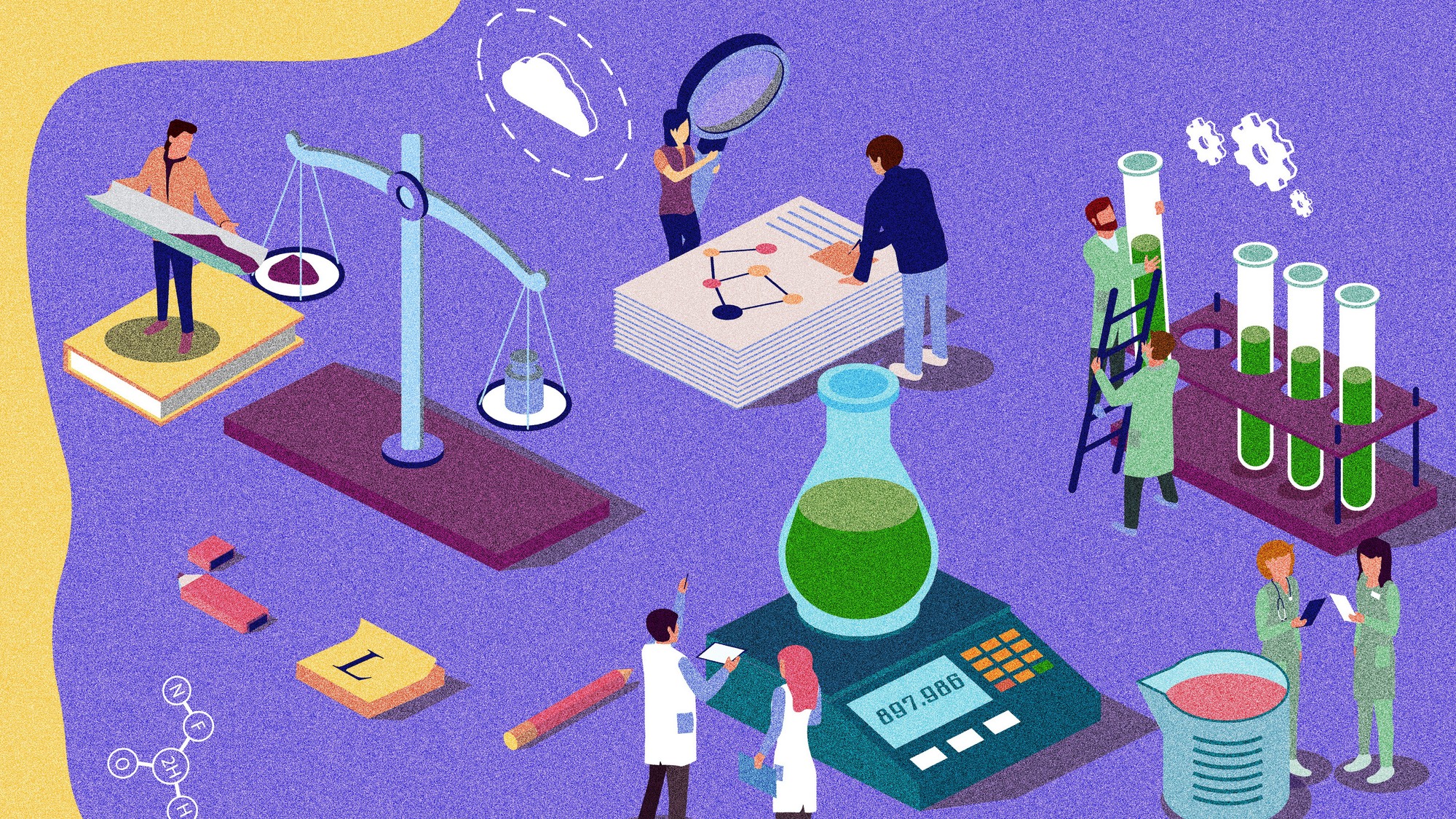 Is the world losing scientific innovation?
Is the world losing scientific innovation?Today's big question New research seems to be less exciting
-
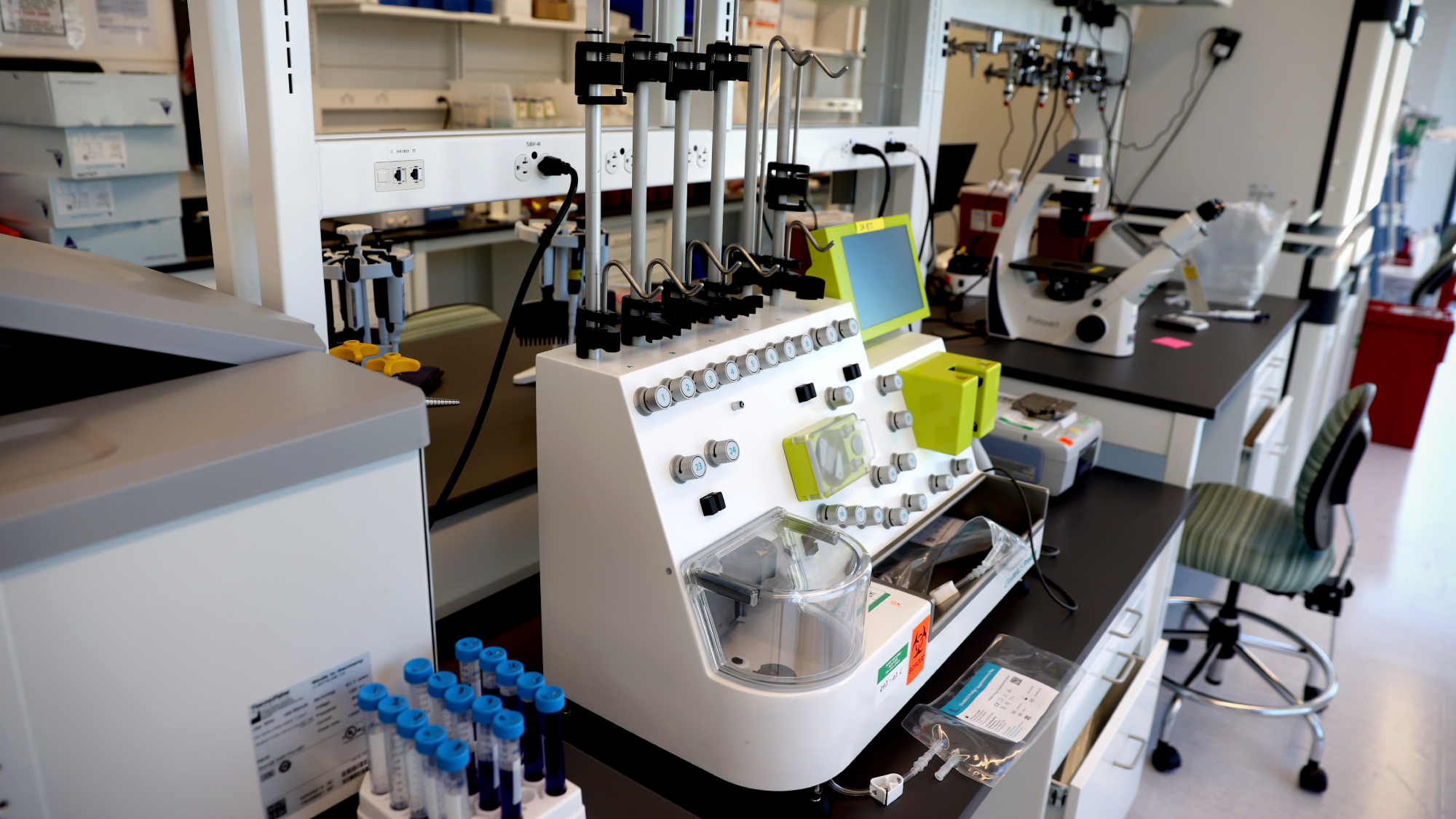 Breakthrough gene-editing treatment saves baby
Breakthrough gene-editing treatment saves babyspeed read KJ Muldoon was healed from a rare genetic condition
-
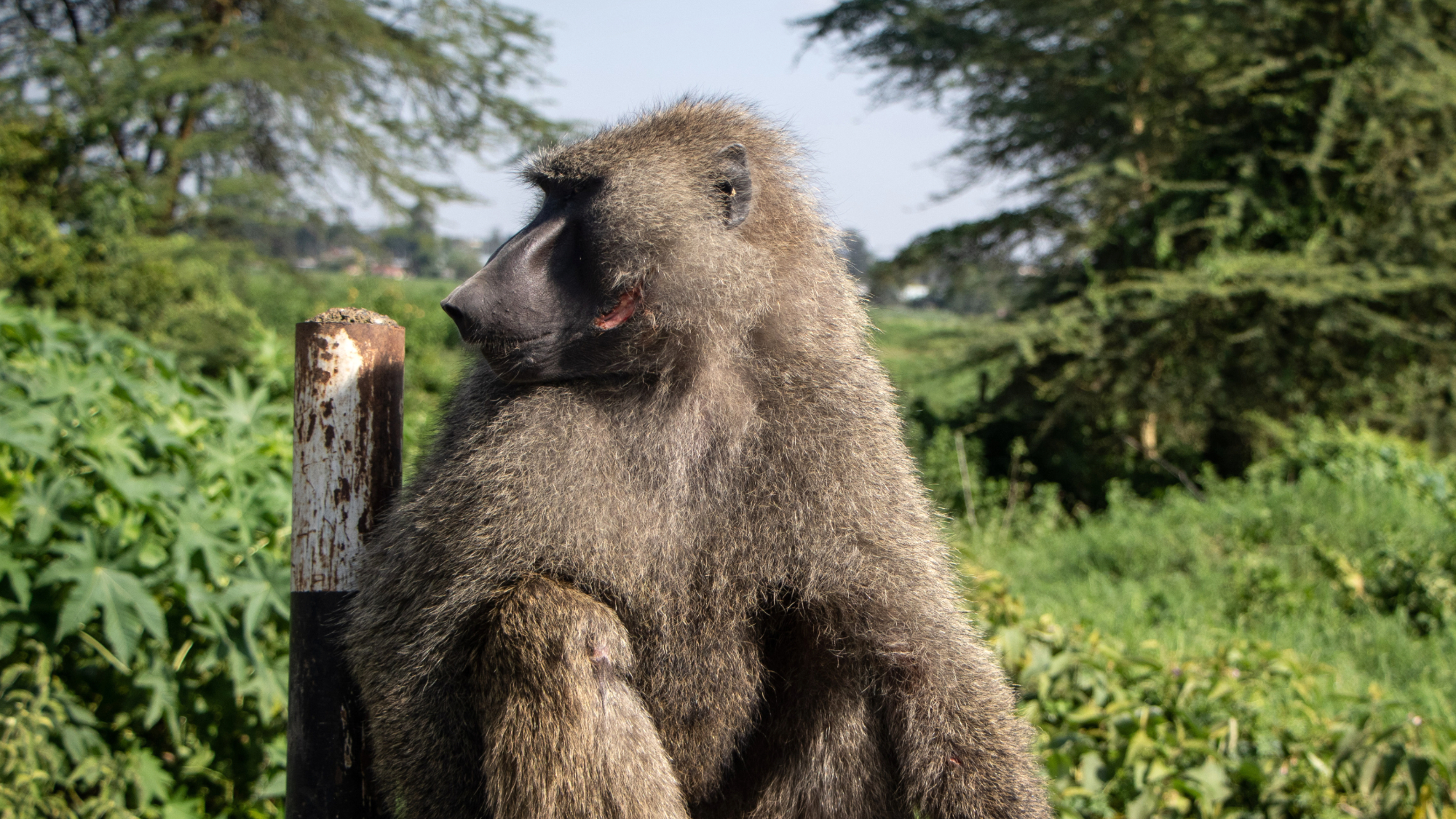 Humans heal much slower than other mammals
Humans heal much slower than other mammalsSpeed Read Slower healing may have been an evolutionary trade-off when we shed fur for sweat glands
-
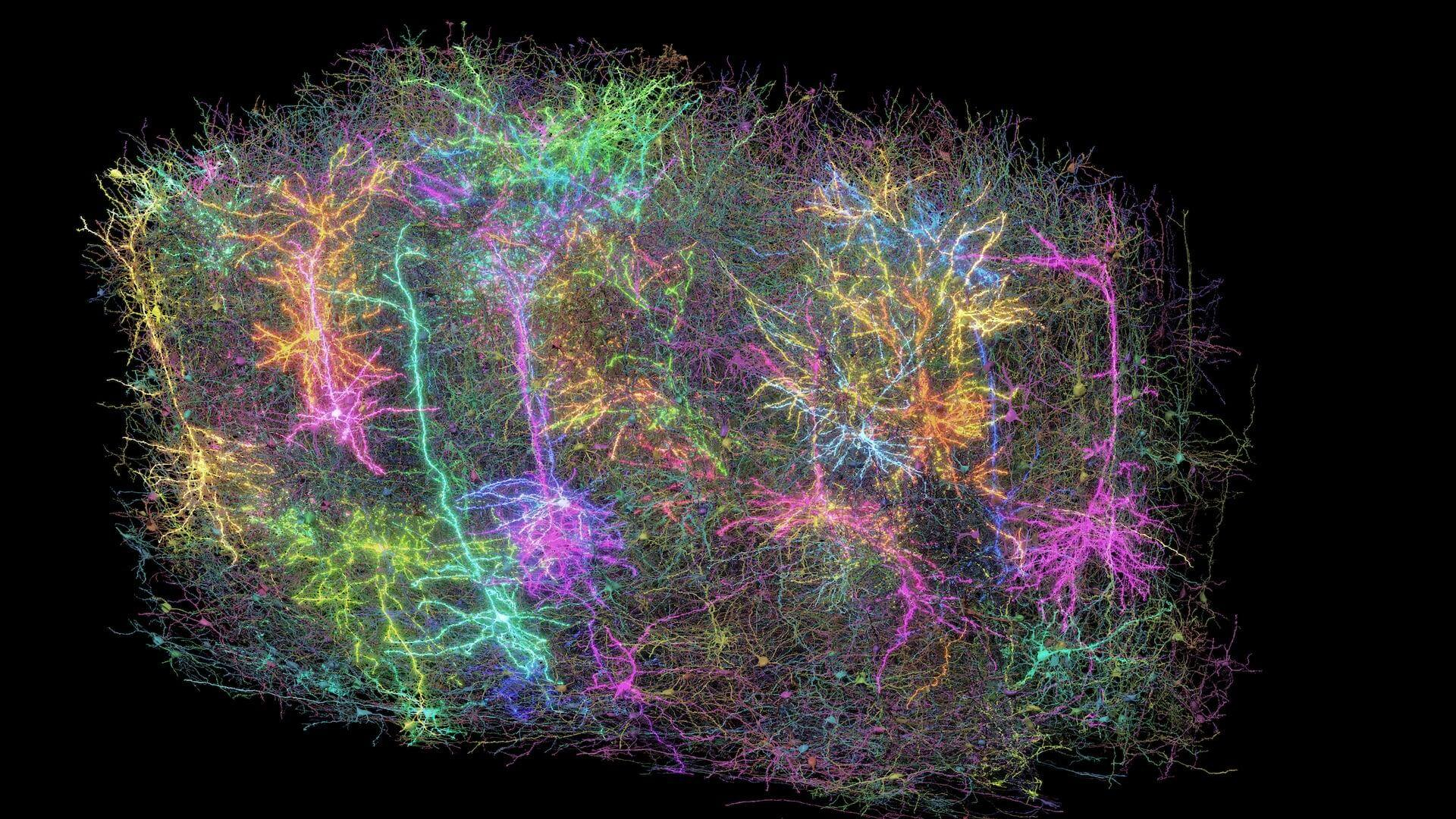 Scientists map miles of wiring in mouse brain
Scientists map miles of wiring in mouse brainSpeed Read Researchers have created the 'largest and most detailed wiring diagram of a mammalian brain to date,' said Nature
-
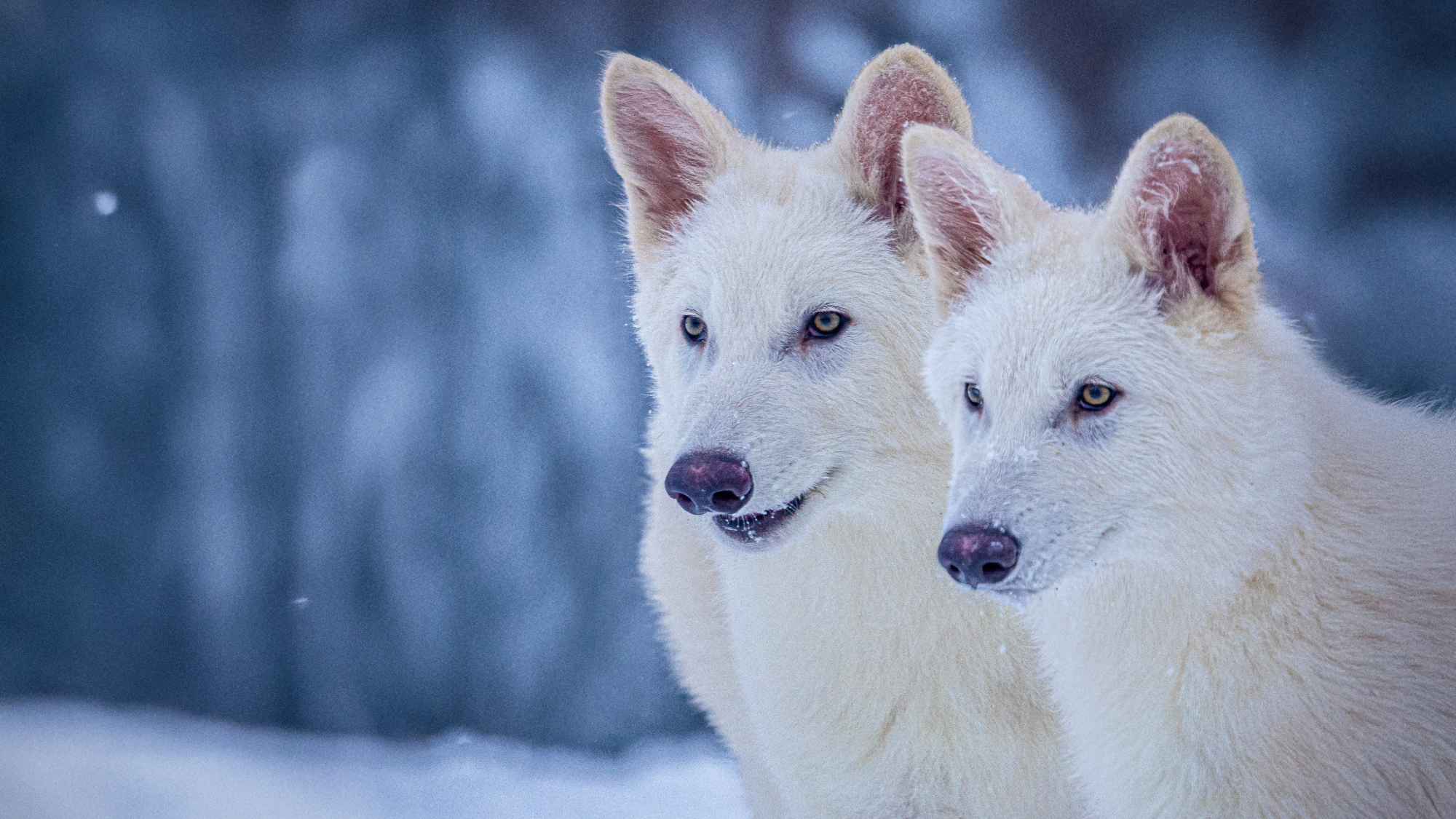 Scientists genetically revive extinct 'dire wolves'
Scientists genetically revive extinct 'dire wolves'Speed Read A 'de-extinction' company has revived the species made popular by HBO's 'Game of Thrones'